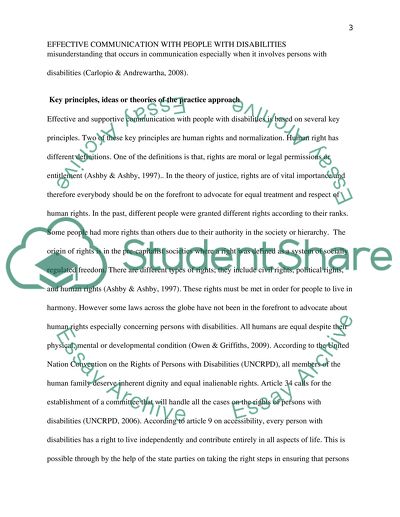Cite this document
(“Effective communication with people with disabilities Essay”, n.d.)
Retrieved from https://studentshare.org/health-sciences-medicine/1481996-writen-assignment
Retrieved from https://studentshare.org/health-sciences-medicine/1481996-writen-assignment
(Effective Communication With People With Disabilities Essay)
https://studentshare.org/health-sciences-medicine/1481996-writen-assignment.
https://studentshare.org/health-sciences-medicine/1481996-writen-assignment.
“Effective Communication With People With Disabilities Essay”, n.d. https://studentshare.org/health-sciences-medicine/1481996-writen-assignment.


